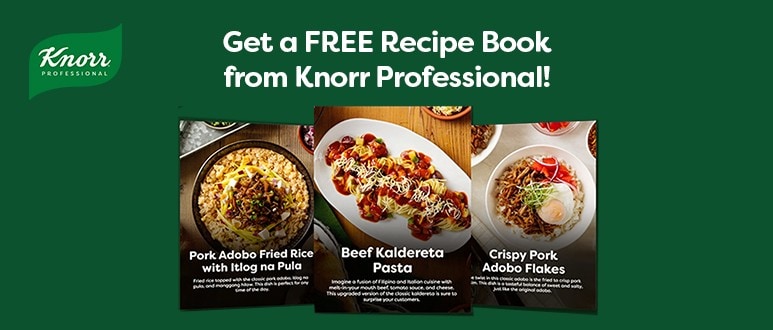It’s no lie that people eat with their eyes first. If a dish doesn’t look appetising there’s already doubt in the consumers mind that it will be. A messy plate can also suggest that care hasn’t gone into making it. There is a lot that goes into making of a dish so don’t let it fall at the last hurdle. Read on to find out more about the 5 tips that will help you with food presentation techniques for different types of dishes.
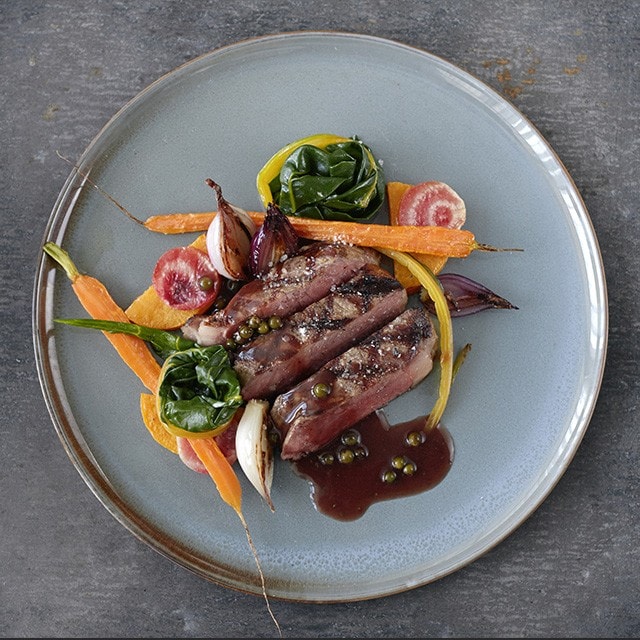
1. Presentation techniques for vegetables
A classic arrangement usually includes the main item in front with starch items and garnishes at the back or to have the main item in the center with other vegetables distributed around it. Alternatively, you could arrange the starch or vegetable item in the center with the main item sliced and leaning up against it. Make sure portioning is correct, don’t forsake this for the purposes of presentation. The amount of protein has a certain grammage while the vegetables around have grammage as well. For example, if a steak is 300g, the starch should be 100g and the veggies 80g with the amount of sauce being 80ml.
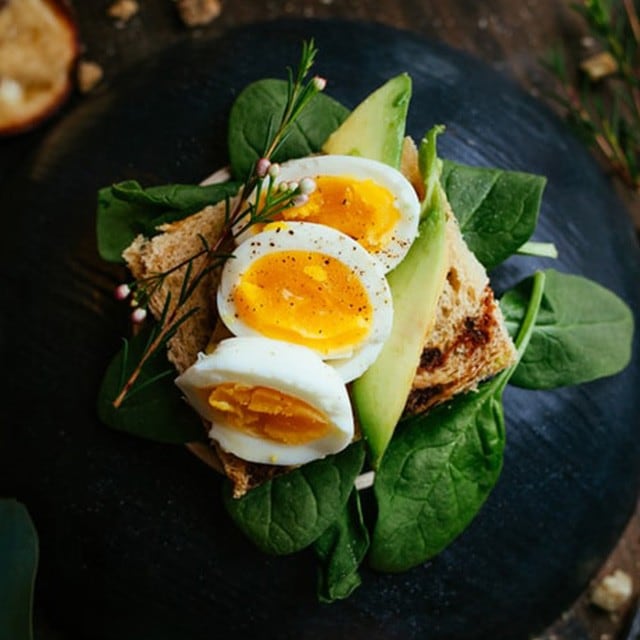
2. Creative techniques for presenting egg dishes attractively
Eggs themselves can be served in a number of different ways and the way that you present each of these should be considered differently too.
Scrambled eggs – plate the scrambled eggs onto a piece of toast or into a bun.
Boiled eggs – serve with a garnish on the side
Fried eggs – team together with bacon and toasted bread
Dipped eggs – serve in attractive crockery and plate accompaniments around them.
Eggs stuffed with cheese – pipe in the egg filling and consider a delicate garnish to finish it off
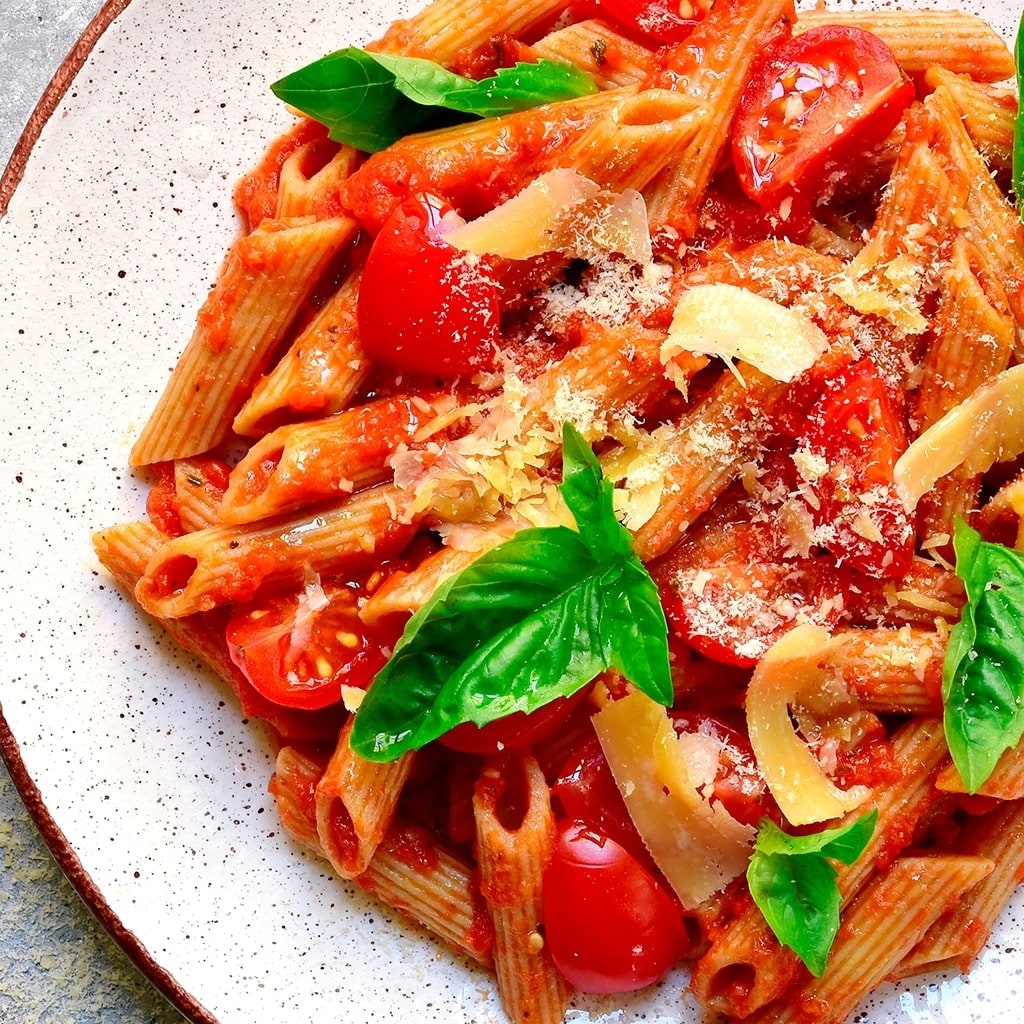
3. Techniques for plating and presenting pasta dishes
Pick the right plate
Make sure the plate is big enough to let your pasta take centre stage. Give it room to look neat and perfectly plated.
Play with colours
No-one wants a plate of beige, no matter how delicious the pasta is. You can add colour with a garnish like basil or some bright chilli flakes. You could also use diced peppers, herbs, and lemon zest to add more beauty to the plate. If you want to add colour without flavour, include some edible flowers to create a perfect appearance.
Place everything with care
It is important to take time with plating and do it gently, after all some pasta types like spaghetti can have a mind of their own. Take note of the proper portions. Make sure the pasta isn’t dry and neither is it drowned in too much sauce. As a guide, 180g of pasta balances with 80-90ml of sauce. For protein, 30-40g equates to a portion. Garnishes should always serve a purpose. Extra chopped parsley, black pepper, a glug of olive oil, or a fine sprinkling of parmesan cheese are all worthy additions to any pasta dish.
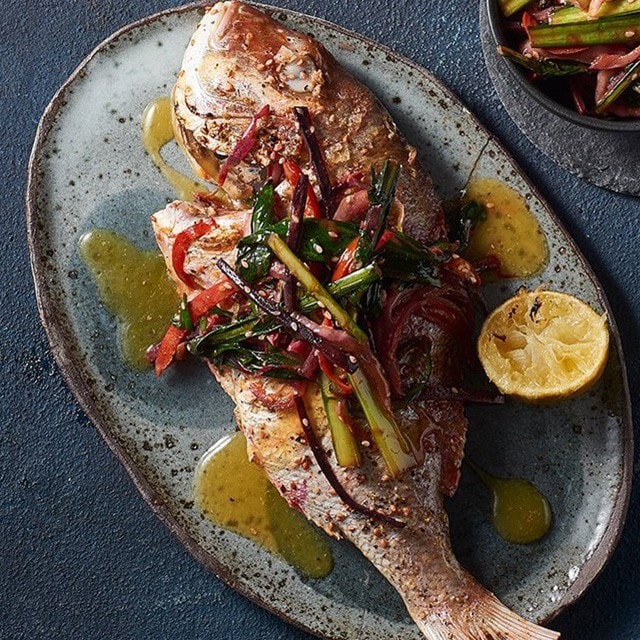
4. Plating and presenting fish and seafood dishes
By definition, symmetry involves a correspondence between different items or having similar components facing each other or around an axis. When plating, utilising symmetry is a particularly efficient way to showcase smaller components, without overcrowding them. Aim to leave enough room between repeated items so the eye has enough white space to capture the individual entities. To start, place two of the same items in succession instead of finishing one portion to completion and replicating the next. This style works great as a duo or a trio and is often a welcome presentation for tapas, appetizers or portions to be shared. Try a rectangular plate for a more elongated surface area. To achieve a sauce ‘teardrop’ or ‘swoosh’ effect, place a drop of thickened sauce in a squeeze bottle and squeeze a large circular drop onto the plate. Next, drag a skewer through the droplet, bringing the sauce to one side to the desired length. If in a pinch, this can also be achieved with a spoon in lieu of a skewer.
On a Diagonal: If choosing to serve a fish whole, it’s best to use a larger square plate. This will give you the surface area you need to offset the balance of where you place your fish.
Elegant Minimalism: For a simple, elegant presentation, try tossing couscous with some of the chlorophyll puree (recipe below). Start by placing the now-green grain slightly off-centre on a round white plate, and strategically place the fish to build a bit of height. Place the grilled scallion perpendicular to the fish to offset the neatness. Dab an odd number of sauce droplets for composure and gently scatter microgreens around the perimeter. Place a small pile of grilled lemons at the twelve o’clock position as a garnish, leaving enough room between the items. The goal is to create the illusion of effortlessness, but to utilize a number of different garnishes to create a polished look.
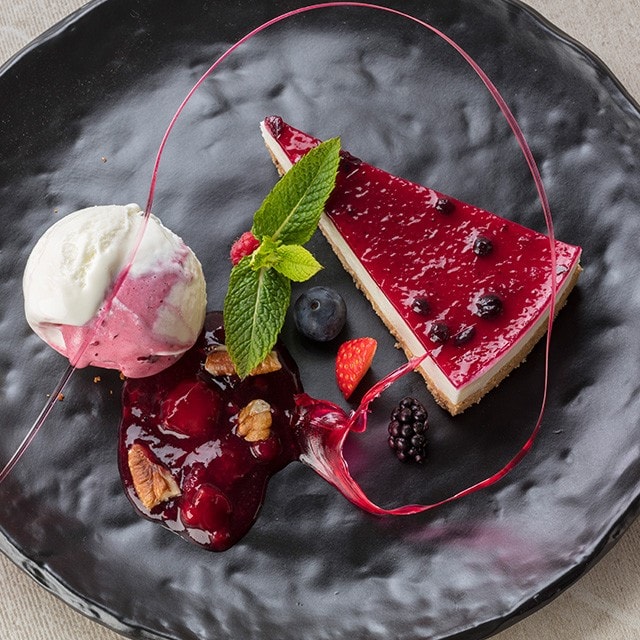
5. Techniques for plating and presenting pastry products
Be creative with colour
A splash of colour can bring your desserts to life. A dark chocolate cake can go from a brown lump to an artful concoction when garnished with vibrant berries. A lemon tart is transformed from a fairly monotone palette to a lively and lovely scene when presented with the contrast of a violet flower and a marbled raspberry coulis.
Combine textures
Adding different textures to the plate adds excitement to the visual appeal of a dessert course and of course elevates the whole experience itself. Pairing a smooth, rich ganache with knobbly cookie crumbs and soft, pillowy marshmallows adds just enough interest to draw the eye to the dessert. The different textures engage the senses giving an anticipatory sense of the enjoyment to come.
Compose your plate as you would with a painting
There are many ways to compose a plate. Consider the plate as if it were a blank canvas or as if you were composing the frame for a photograph, what would fill the space in an interesting way? You could choose a minimalist approach, aligning different dessert elements as bookends on an oblong plate or create a central focus with a round dessert plate? There is no right or wrong answer, and you can experiment to see what looks and feels right to you.
Again, as with every dish portioning is key. Pair one slice of cake, pastry or cheesecake with 30-45ml of sauce. Garnish with mint leaves. You could also use tulle for decoration like spun sugar or chocolate. Edible flowers and savoury herbs or micro-greens add freshness and colour. Fresh fruit like blueberries, raspberries and redcurrants add little jewels of colour and pops of flavour to a plate.
At the end of the day, it's important to express yourself with the way you serve your food. Only you will be able to decide what special touch you'd like to add to the dish. If in doubt, keep it simple! Remember, customers visually taste your food before they even taste it in their mouths.
Need more dish ideas for your restaurant? Check out our FREE downloadable eBook, Classic Pinoy Favorite with a Twist, for more recipes and inspiration for your next dish!
